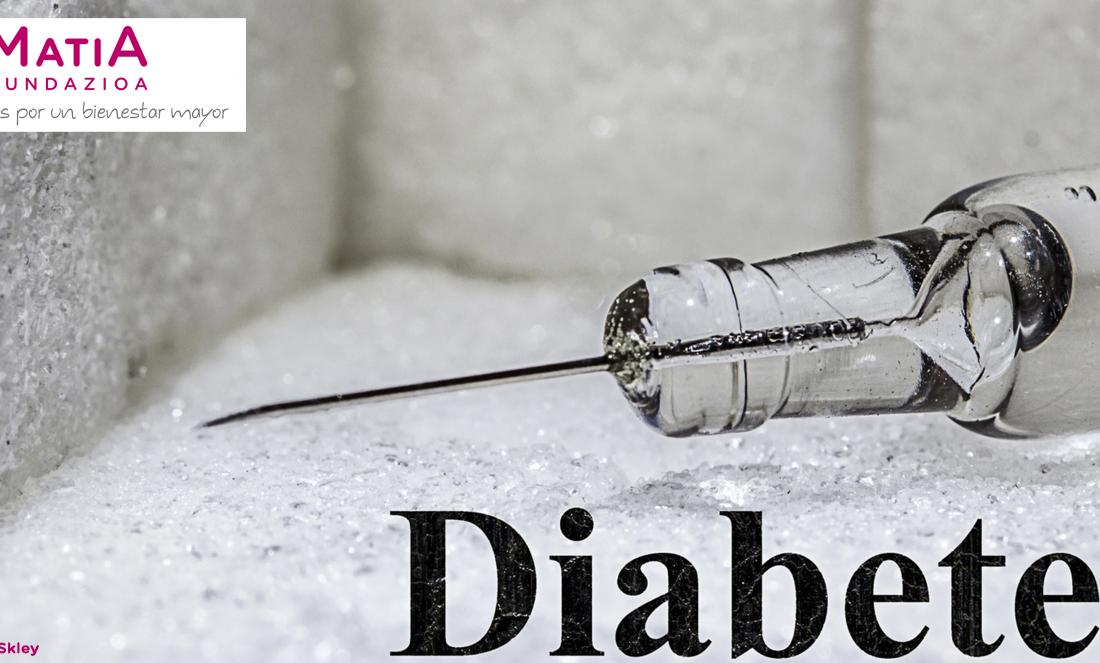
Diabetes Mellitus and Geriatric Patients
With the changes that are taking place at a demographic level and in living habits, with a substantial increase in overweight and obesity rates in Western countries, the presence of diabetes mellitus and its consequences are increasing greatly.
The phenomenon of diabesity is often considered a global pandemic, being mainly a geriatric problem. The prevalence rate in the population of type 2 diabetes mellitus is 13%, rising to 20% in elderly patients. A national prevalence study (Di@betes) shows a prevalence of 30% in men over 75 years and 33% in women of the same age range. With ageing there are changes in fasting plasma glycaemia (6 to 14 mg/dl per decade from age 50) and postprandial glycaemia (1 to 2 mg), which translate into changes in sensitivity and insulin secretion.
A very important factor to take into account is the risk of hypoglycaemia, where age itself is a risk factor, such as the use of certain medications (most often insulin, anti-diabetics such as sulphonylureas or glinides), alcohol, reduced intake, low socio-economic status or the presence of chronic renal failure. In the elderly the vegetative symptoms are reduced, being more frequent those neurological (confusion, cognitive disorders) or sometimes in the form of fatigue, weakness, with the risks that it supposes especially in those who live alone. Patients with diabetes increase by 1.2 times the risk of depression, and patients with depression have a 1.6 to 2.5 times greater risk of diabetes. The risk of cognitive impairment and chronic pain is also increased, so that the fatal 4 d (diabetes, depression, dementia, pain) are related to each other, such as the presence of urinary incontinence, falls with possible fractures, risk derived from polymedication and malnutrition, causing excessive disability and worsening of quality of life in the elderly.
For all these reasons, the therapeutic approach must take into account the patient's preferences, the beliefs of the caregiver, a good knowledge of the available social network, avoiding as far as possible the therapeutic complexity, as well as assessing the risk of hypoglycemia, comorbidities, functional capacity and life expectancy, in order to make a suit tailored to the real needs of the person.
Metabolic control targets should not be as strict as in adults, so the glycaemic target measured as a function of HbA1C (glycated haemoglobin) varies according to the patient's classification (see table), and blood pressure control targets should be <140/90 mm Hg, as it is known that below 120 mm Hg negative results increase and especially in fragility studies mortality can be increased, such as intensive glycemic patterns that increase mortality by 22% (ACCORD study); little information is available on lipids in people over 80 years of age, where intensive controls do not reduce cardiovascular events; anti-smoking advice should be given annually and the use of antiaggregation is only indicated as a secondary prevention measure.
In 2015, the American and European Diabetes Associations* have produced a guide to patient-centred treatment, which highlights the importance of treatment with safe drugs with a good metabolic and cardiovascular profile (no weight gain, low risk of hypoglycaemia), blood pressure and heart rate monitoring) such as GLP1 analogues or SGLT2 receptor inhibitors compared to the use of sulphonylureas (interactions and high risk of hypoglycaemias), glitazones (risk of heart failure and fractures), although attention should be paid to pharmacovigilance studies of new drugs.
For all these reasons, the importance of comprehensive geriatric assessment is already evident, adapting interventions to care objectives and detecting as soon as possible those geriatric syndromes that condition the quality of life of the patient and his/her environment.
Related posts: Diabetes Mellitus - a Multidisciplinary Approach

Add new comment